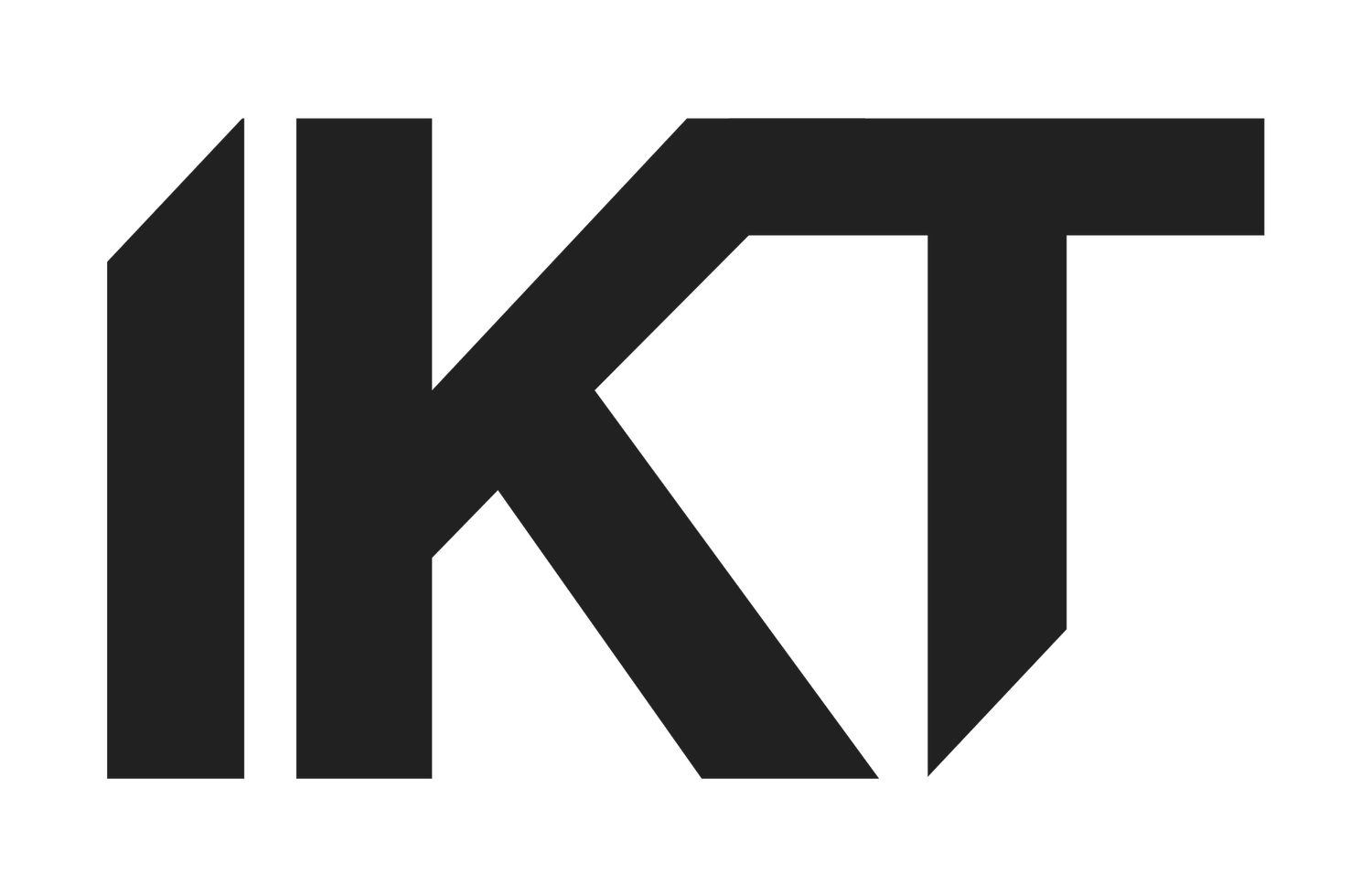Spotlight with Alessandra Troncone
Alessandra Troncone, Independent Curator | Artistic Co-Director of Underneath the Arches, Naples, Italy
Could you tell us a little more about your background and how you got into curating?
My academic background is in Art History. I obtained my master's and later a PhD at the Sapienza University in Rome. I started curating exhibitions at the MLAC - Museo Laboratorio di Arte Contemporanea, an institution located inside the university campus. Later on, I attended the Curatorial Program at the De Appel Art Centre in Amsterdam, where I had the opportunity to enlarge my international network. I believe my background as an art historian still plays a fundamental role in my curatorial practice, both in research methodology and in my fascination with those artistic practices that engage with history in different ways.
Who/what has influenced your curatorial practice?
It is difficult for me to point to one specific figure or situation. I believe my curatorial practice was influenced by the many artists and curators that I have studied, met, or worked with in the past years, as well as by the many exhibitions I had the opportunity to visit. Each of them taught me something that led me to where I am now. If I have to mention a central reference, it would be Bruce Nauman. The way he is able to maintain a conceptual consistency in his work even while recurring to different practices, languages, and techniques represents an extraordinary source of inspiration for me.
The role of the curator is continuously changing. Could you describe what it means to be a curator today?
Generally, in my view, a curator is a crucial mediator between the artist, the institution, and the audience. When looking at my latest curatorial practice, I would add that a curator is also the one able to connect past, present, and future by working closely with artists. Indeed, I have become more and more interested in creating the right match between artistic practices and locations that have their own history by commissioning site-specific works. Working in a city like Naples, which is multilayered and full of fascinating spaces from every age, I feel that curators and artists can work together to offer a new perspective on evidence from different times and connect them to our present and future. I find this way of working as a curator very intriguing and challenging at the same time.
What’s next for you? What are your upcoming projects?
I have recently been nominated among the curators of the 18th edition of La Quadriennale di Roma, the largest exhibition devoted to Italian art. I feel very honoured and thrilled for the opportunity to bring my own vision on the current status of Italian artistic practices and research. The show will finally take place at Palazzo delle Esposizioni in Rome in fall 2025.
Furthermore, I am working on a few projects in Naples that again put artists and historical venues in relationship: last month, “Collisions,” an exhibition featuring Lithuanian artists Marta Frėjutė, Ona Juciūtė, and Simona Žemaitytė, opened at the Physic Museum of the University Federico II. In June, a project titled “Memomirabilia,” curated together with Gianluca Riccio, will present newly produced works by the emerging artist Carmela De Falco in the stunning location of Museo Civico Gaetano Filangieri, a wunderkammer of the XIX century. Last but not least, in the frame of Underneath the Arches, the contemporary art program I co-founded with Chiara Pirozzi at the archaeological site of Acquedotto Augusteo del Serino, we are working on a new site-specific project with artists Vibeke Mascini and Chaveli Sifre, in collaboration with Associazione Aqua Augusta, that will take place in October 2024.
What are you reading, watching, or listening to now, that is helping you to stay relaxed and positive?
I usually relax by watching films and TV series, as well as reading novels, but I have to say that sometimes during this downtime, the best ideas arise. The latest novel I finished is “The Adversary” by Emmanuel Carrère, the fascinating—but also creepy—story of a man who lied his whole life about everything. It made me think a lot about how we build our lives and the image we have of ourselves compared to the one we present to the outside world. Another way I decompress is by running. A jog with my husband on the wonderful seafront of Naples is a great way to maintain a positive mindset and often also a source of good ideas.
How long have you been part of IKT and how do you feel that it has benefited your curatorial practice?
I registered with IKT in 2017 and officially joined during the IKT congress in Gdansk in 2018. During the post-congress in Vilnius the same year, I learned about the open call for the Kaunas Biennial and applied, eventually being selected as one of the curators for the 2019 Biennial. I believe this is a very practical example of how IKT can benefit its members, functioning as a platform to share ideas and information. Additionally, IKT offers curators an incomparable opportunity to network internationally and to share their own vision and projects with peers.
Thank you Alessandra!
Spotlight
Spotlight is a new series of short interviews, aiming to showcase the diverse expertise and innovative approaches of our IKT members. Whether you're seeking inspiration or searching for potential partners, join us on this captivating journey as we uncover the stories, ideas, and creative visions of our members.
Want to participate?
Send us a request to ikt.curatorial@gmail.com and we will send you interview questions.

